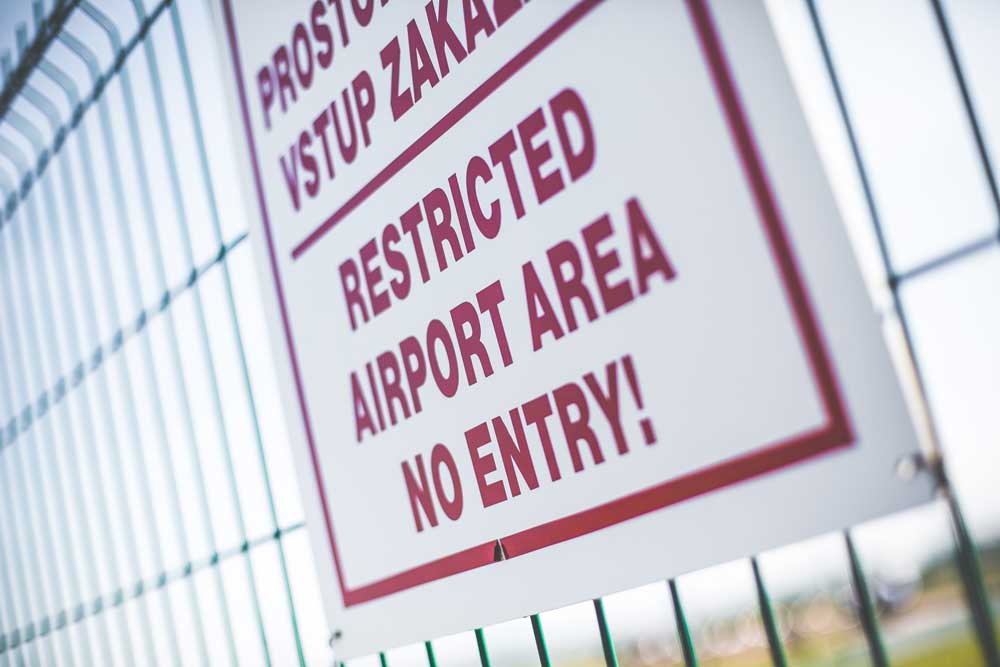
A Leader needs the right approach to foresee and create a sustainable future. Here are 4 key hints
05/07/2016
Through what lenses are you looking at reality? 7 tips to check it out before making decisions!
22/07/2016I am used to consult business companies on how to engage hostile stakeholders into a constructive dialogue to resolve tense relationships and overcome opposition and deadlocks. I have to say that The CASE© Method is quite effective in such circumstances. You may also find a case history (“Public Administration”) on such kind of situation on my website www.federicofioretto.biz.
Recently, I was asked advice by a correspondent, who is an airport manager, about how he could counsel residents in areas surrounding airports to start a constructive engagement with airport authorities when there are issues (like noise, pollution, traffic…) that stir emotions and conflict.
I have to say that I was delighted to “think in reverse mode” and develop this list of actions that are of course inspired by The CASE© Method and by my own experience in the field of stakeholder engagement and conflict transformation. I am now glad to share this with all of you.
Please mind that the following advice is aimed at citizens, group of citizens, NGOs… whoever is a stakeholder of an organization which is (at least apparently) conducting a threatening or annoying activity in their neighborhood (or anyway impacting their lives).
1) Try to find out all the voices similar to yours in the context (other groups, NGOs…)
2) If possible get together and coordinate: dispersion of energy generates failure (at least because the counterpart cannot listen to too many voices)
2 bis) Transform your internal conflicts in order to get a balanced and authoritative spokesperson or equivalent group. Keep on managing and transforming your internal relationships and mood (not easy already!)
3) Get as much information as possible: direct information – not gossip – and accurate as possible. Reject what is blatantly biased and intentionally distorted. Truth is always stronger
4) Discern facts and emotions: facts are necessary to develop actions, emotions are a driver, but they are often misleading, when not spotted
5) Find out what drives your emotions: what is the danger that you feel from the counterpart. Is it real? Try to assess
6) What are your REAL Basic Needs that you are trying to match (facts, not emotions)
7) Consider the pros of having the counterpart in your area too (they are not there just in order to piss you off). If they are really “a killer” there are laws about (and the campaign can get tough), but in 99 percent of cases they are not, so I will not consider that 1 percent
8) Set reasonable goals, define negotiable and non-negotiable points, but be flexible as much as possible
9) Consider the counterpart a legitimate interlocutor and a partner in finding a solution. Respect them (even the 1 percent, just in case…)
10) NEVER work AGAINST: ALWAYS work FOR something (situation, agreement, operations…) different which will improve the situation for all and find out how
11 ) Find out who/what is really your interlocutor (one or more, at one or more times) for actual discussion and Win/Win solution research
12) Sit down with a real will to know, understand and find a shared Win/Win solution.
13) Be open to suggestions, share your data openly, consider ones from the other carefully
14) Be cooperative in working towards the set targets (according to what agreed), and flexible to adapt to changing circumstances
As you can see, I don’t consider the possibility of a failure… As John Lennon sung “You may say that I am a dreamer”, but I am confident in the respectful and balanced approach too.

